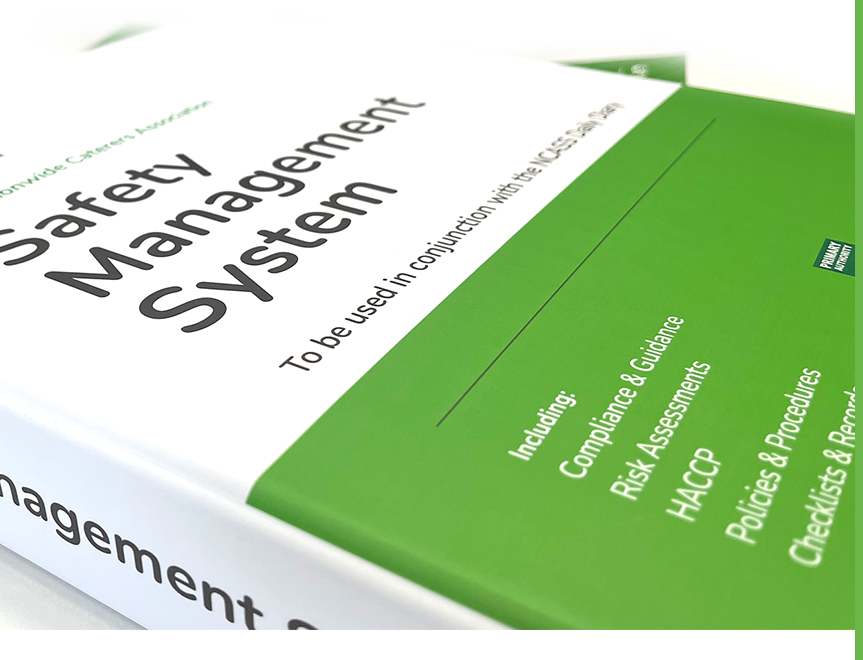A strong team plays a pivotal role in shaping the success of your business.
Your employees represent your values and embody your ethos, making them integral moving parts that keep your business ticking over. We spoke to Conrad Brunton of Tonic Talent, Patricia Colden of Colden HR and Greg Gabriel of The Mixing Jug to gain their insight into why prioritising your people is so important to the success of your business.
Attaining Top Talent
Though it might seem obvious, in order to prioritise the people within your business you first need to have people. Vacancies within the industry have begun to fall, however, serious staffing shortages remain and it is vital that businesses not only retain, but firstly attain strong staff who can add value.
For Conrad Brunton, a strong workplace culture and knowing when to try a new approach is integral to attaining top talent:
Create a fantastic culture within your business, that way if a vacancy occurs people are talking to their friends, their family and former work colleagues recommending you as a place to work. A great culture helps to retain people in the long run. Utilise job boards and put ads up, but don’t be afraid to hire a recruiter like Tonic Talent who can get to really understand your business needs, especially if it’s a key hire. Finding the right person isn’t an easy thing to do when running a business and people may look at the cost of hiring a recruiter and think that it isn’t worth it, but it’s a good investment. Don’t be short-sighted, the cost of hiring the wrong person can end up being much more than hiring a good recruiter who will get you someone who will last. A recruiter can get to the bottom of who will be a good fit and find those passionate people who will stay overtime, add value and make the best of your business.
For Greg Gabriel, doing the groundwork and managing expectations are important parts of attaining and retaining staff:
Take your time when hiring and always check references. We have turned down several potential hires due to inaccurate information given on CVs. Find a good HR consultant at the start and they will help to build the correct documents and processes to find the right person. It can be costly, but it is important to ensure your business is legally complaint, ethical and that you are doing right by your people. One of our biggest learning curves was our expectations of our more inexperienced team. We thought they’d know what we did at their age, however we quickly learned that not everyone has used a mop or chopped a tomato before. Although initially this was a frustrating experience, we eventually learned that this is simply not their fault and that it was now our job to teach core workplace skills that they may not have learned elsewhere.
Workplace Culture
Workplace culture goes beyond a friendly hello in the morning and a positive culture creates the perfect environment for your business to flourish. A supportive culture fuels creativity, reduces the risk of employee burnout thereby improving retention and fosters innovation. A positive workplace culture can be fostered via many different means but the reward is an environment in which staff feel listened to, valued and respected.
For Greg, both recognition and open communication are key to creating a positive workplace culture:
The small things can mean a lot; recognise and appreciate when your team do great work and especially when they go above and beyond. Carrying out 1-2-1 meetings, regularly structured reviews and being proactive with pay reviews is also important. We review pay at 6 months and 12 months minimum and ideally aim to give pay rises before they are expected. It’s also important to give your team different platforms and different chances to be heard, whether it be an ad-hoc informal chat, a direct message or a planned 1-2-1. Often people need encouragement to discuss things they care about, especially when it comes to more difficult topics. Inform them up front of the confidentiality so they can talk freely and respect their courage in bringing up challenging topics.
For Patricia Colden, effective communication from managers and team leaders is also an important factor in creating a positive workplace environment:
The effective communication of each employee’s value is one of the most important factors when fostering a positive business culture. Celebrating achievement and contribution to the organisation is essential for boosting morale and motivation and overall job satisfaction and employee engagement. While they may not always be viewed with enthusiasm, the use of appraisals or regular performance reviews can also support in this area. Continuous feedback is a powerful tool for reinforcing the value of employee contributions and they allow employees to be recognised for their own hard work. Managers should engage in regular performance evaluations, highlighting specific accomplishments and areas for growth. Constructive feedback not only communicates value but also demonstrates a commitment to individual development.
Advice
So how can one create a strong team and positive workplace culture within their own business?
Greg advises:
Be transparent. Giving trust early to your team is important, but set clear expectations of the desired outcomes. This can be especially challenging to a new business as things are being ‘built as you go’ so show them that you are learning too and don’t pretend to have all the answers. Be flexible to your team’s needs, one thing we do when hiring is find out their preferred working times and shift pattern to try and find the right fit in the business from the start.
Conrad advises:
Treat people how you want to be treated. Listen to the voice of your employees and make their job and therefore their lives as enjoyable as possible since they add value to your business. Find out what their long-term goals are and how you can help to facilitate that.
Patricia advises:
When recruiting, look at the incentives offered by competitors and see how they compare to those offered by your organisation. Is there a gap in the market that your organisation can fill? Once an employee has been attracted to your organisation, the challenge then switches to retaining them and keeping them engaged and committed to the business. An organisation’s pay and benefits package will have a crucial part to play here. Be as competitive and innovative as you can but importantly regularly review and adjust your offering to make sure you are keeping pace with the external marketplace. Providing development opportunities is another key element in retaining staff. Ensure there is room for learning and development and provide continuous opportunities for development. You may not have many options for promotion, but are you finding as many opportunities for staff to learn and grow with you rather than confining them to one job with no real prospect of change? Make sure you keep roles as challenging as you can to avoid people feeling they are in a rut. Finally, ensuring that there is adequate communication between management and employees is crucial.






 Featured Training
Featured Training
OUR MEMBERSHIP
We're here to help make your catering business a success. Whether that be starting up or getting on top of your compliance and marketing. We're here to help you succeed.
Want our latest content?
Subscribe to our mailing list and get weekly insights, resources and articles for free
Get the emails